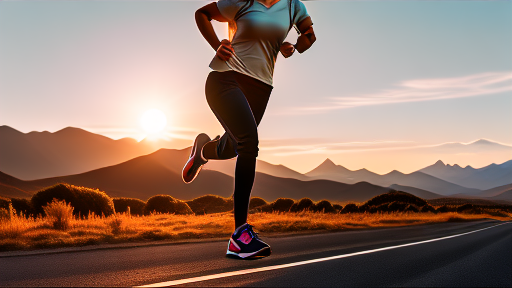If you’re looking to build stronger gluteal muscles to protect your back, knees, and hips while also improving the shape of your bottom, there’s one key exercise you need. Today, I’ll guide you through it.

Hi, everyone! My name is Will Harlow, and I’m the over-50s specialist physiotherapist here at HT Physio in Farnham. In this video, I’ll share the most effective glute exercise you can do—one that stands above all others.
If you haven’t already, please use the link at the bottom right to like this video and subscribe to the channel before we get started. You’ll be the first to know when we publish new material in this manner.
Why Are Strong Glutes So Important?
The gluteal muscles, located at the back of your hips, form the buttock region. They play a critical role in both appearance and function. Many people aim for stronger glutes for aesthetic reasons, which is perfectly valid. But beyond looks, strong glutes are essential for protecting your lower back, hips, and knees.
Weak glutes can:
- Cause stress on the hip joint.
- Lead to poor knee alignment.
- Force your lower back muscles to overcompensate, increasing the risk of injury.
Strengthening your glutes is crucial to prevent these issues and maintain long-term mobility and comfort.
Common Mistakes in Glute Exercises
One of the biggest mistakes I see people make is performing too many exercises, many of which don’t effectively target the glutes. This approach often leads to frustration, as people spend hours training without seeing results.
The truth is, you can achieve significant glute strength with just one focused exercise, performed for about five minutes per session. Consistency with the right exercise is far more effective than scattered efforts.
The Best Glute Exercise: Side-Lying Hip Abduction
In a 2009 study by DiStefano et al., researchers measured gluteal muscle activity across various exercises. The side-lying hip abduction exercise outperformed all others in activating the glutes effectively.
Here’s how to perform it correctly:
- Setup: Lie on a sturdy surface like a firm mattress or a mat on the floor. Keep your body straight, as if forming a pencil shape.
- Support Yourself: Rest your head on your arm or a pillow and place your top hand flat on the floor in front of you for balance.
- Slight Forward Tilt: Gently tip your upper body slightly forward.
- Lift and Extend: With your top leg straight, lift it upward and slightly backward. Keeping your heel at the top of your foot, take the lead.
- Hold and drop: Controllably drop your leg back down after a brief hold at the top.
Key Tips for Success
- Avoid leaning backward during the lift.
- Ensure your leg moves slightly backward, not forward.
- Keep your foot pointed slightly downward, with the heel leading.
If you’re doing it correctly, you’ll feel a burn in the upper glute area.
How Many Reps and Sets?
Perform the exercise until you feel muscle fatigue. For most people, this means 10-15 repetitions. Take a one-minute break in between each set of three repetitions.
You can use a resistance band if the workout is too simple for you:
- Loop a light resistance band around both ankles.
- Perform the same side-lying hip abduction exercise.
- Start with fewer reps and gradually build up to 15.
As you get stronger, you can use a thicker band to increase resistance.
Why This Exercise Works
This exercise isolates the gluteus medius, while also engaging the gluteus maximus and gluteus minimus.It focuses especially on the stabilizing muscles, which are essential for supporting your lower back, hips, and knees.
Final Thoughts
Incorporating this exercise into your routine just a few times a week can lead to stronger, more resilient glutes in as little as six weeks. Whether you’re aiming for pain relief, improved mobility, or a better-shaped bottom, side-lying hip abduction is the most efficient exercise to achieve your goals.
I hope this exercise is new to you and something you can incorporate into your routine. If you found this
